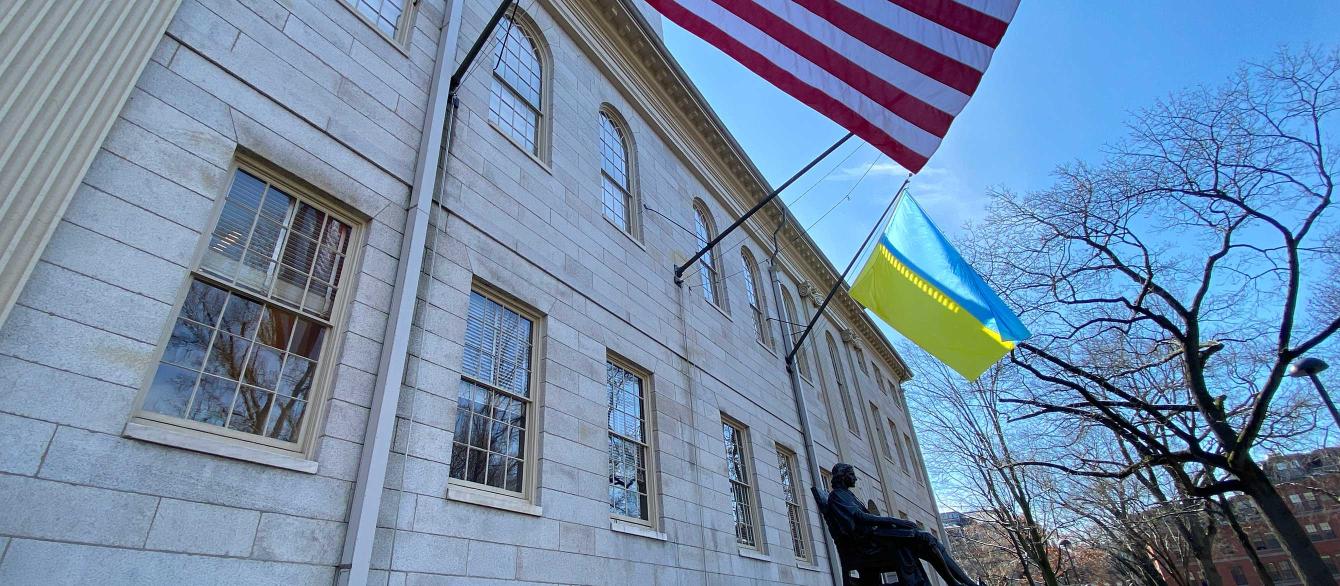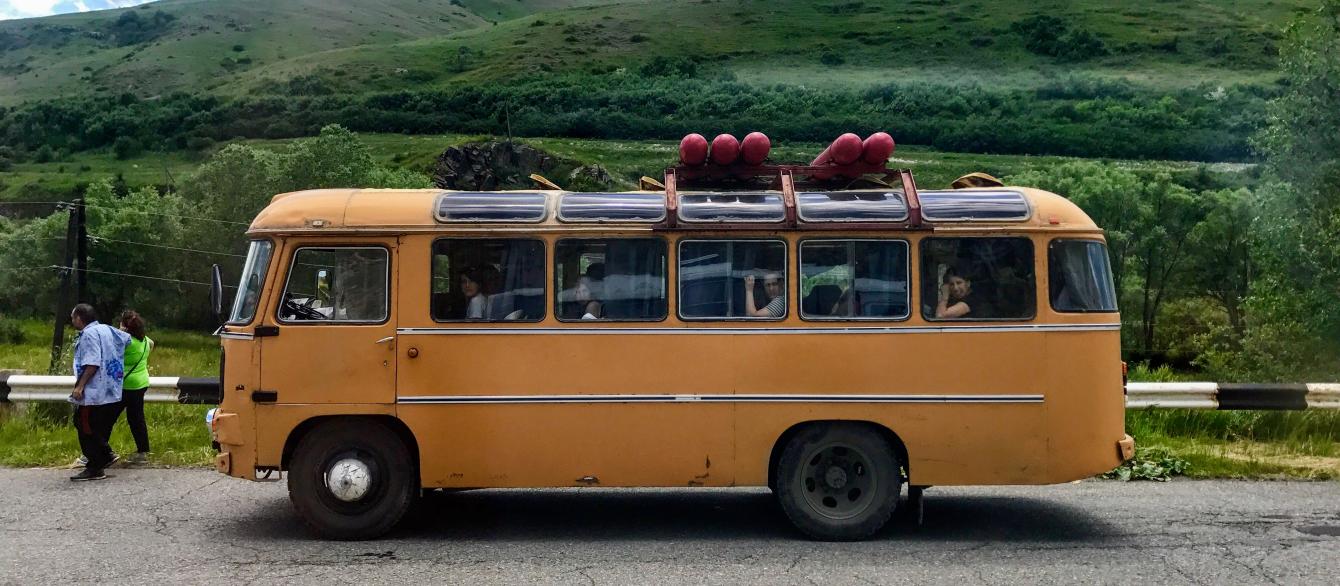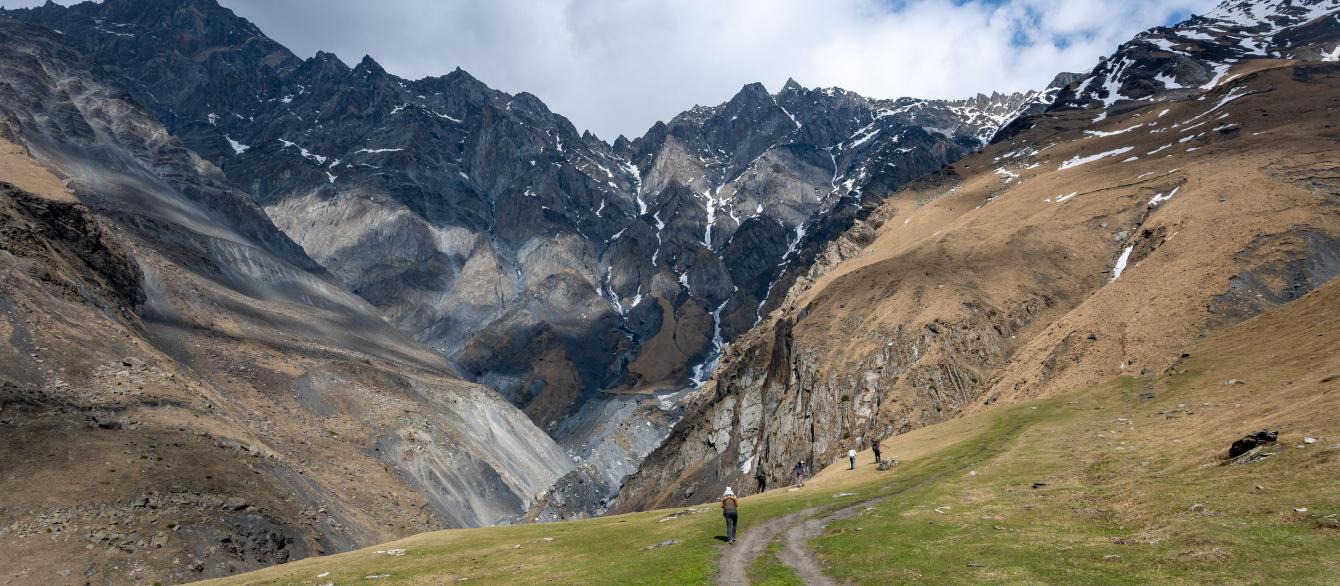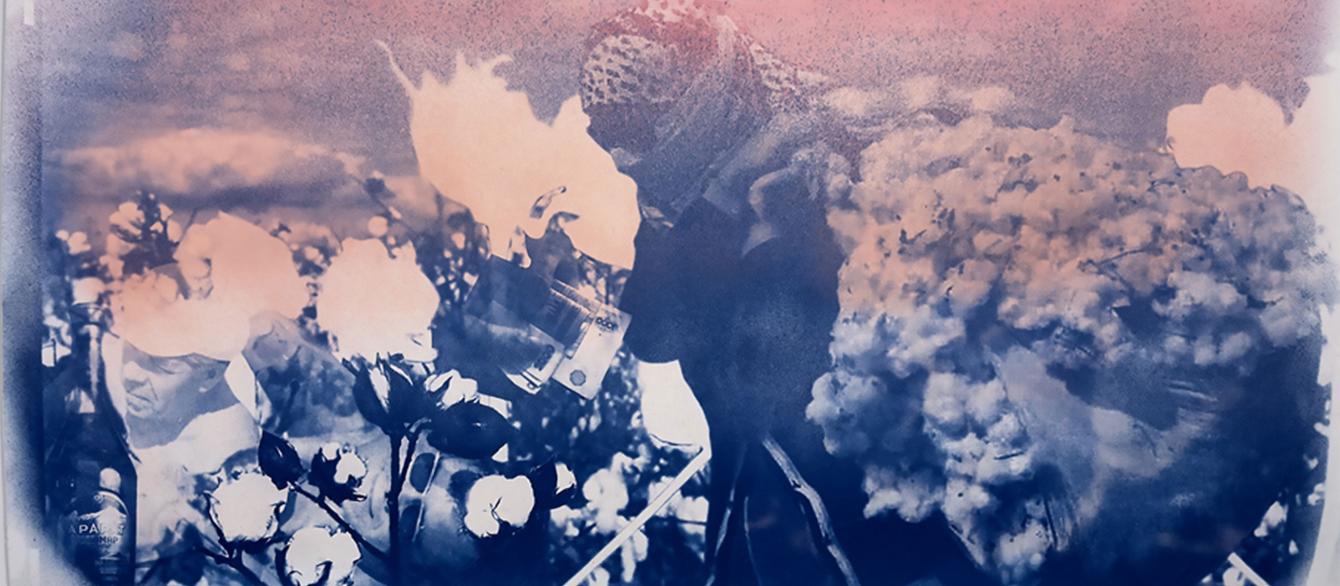"Pay Locals"
On display through November, 2025 at CGIS South, 3rd floor, 1730 Cambridge St., Cambridge, MA.
“The Things They Shared” is an excerpt from Farrah Karapetian’s ongoing project, “Fieldwork.” It delves into the lives of cotton field workers in Uzbekistan, exploring their relationships with community, governance, subordination, personal freedom, and the natural and social environments they navigate. It also responds to representational histories — miming anthropological typology and the documentary photograph but privileging the personal experience of the worker rather than institutional narratives.
Karapetian’s artistic approach is as integral to her message as is the subject matter itself. Cyanotype is one of photography’s original processes and requires only sun and water for its exposure and development, a priority in the context of industrially irrigated cotton fields that impact water ecologies. She uses a spray gun to deploy the cyanotype emulsion onto cotton rag substrate so as to clarify her voice, rather than purport to be objective. The cyanotype technique allows her to infuse softness into her photographic collages, creating layered, abstract images that speak directly to the essence of her subjects: cotton, the field, water, the sun, and the human touch.
The exhibit features a singular cyanotype, “Pay Locals,” printed on cotton rag. On the right of the image, a field worker from the rural regions carries a rucksack of cotton, while on the left, two men from the city relax with “cognac.” Currency bills between them suggest an informal economy that surfaced in the interviews provided by Karapetian’s network. People bussed into the regions beyond the cities often reported paying locals to fulfil their quota.
Five silver gelatin prints on display highlight the objects people reported sharing in the cotton fields: brandy, chocolate, toilet paper, cigarettes, and water. Against dark, subdued backgrounds, these objects are brought into sharp focus, the medium’s depth and tonal richness emphasizing the fine details and textures. These objects are not merely still life; they are imbued with the human presence of those who shared them — their hardships, laughter, secrets, and silence. As with the cyanotype, Karapetian’s use of silver gelatin prints is as vital to the narrative as the subject itself. These five prints take material permission from the silver halide emulsion painted onto paper that Max Alpert used to communicate his images of the construction of the Fergana Canal in 1940.
Artist Bio
Farrah Karapetian (b. CA 1978) processes narratives of change and agency through writing, visual artwork, and social practice. Her artwork is collected in institutions such as the J. Paul Getty Museum, the Los Angeles County Museum of Art, and the San Francisco Museum of Modern Art. It has garnered support from the Pollock Krasner and Fulbright Foundations, among others. It has been discussed in publications including the Los Angeles Times, Artforum, and Art in America. Her writing has been published widely, from the Brooklyn Rail to the Los Angeles Review of Books and has earned her the Warhol Arts Writers Grant. Her chapter, "You Don't Have to Believe Me," about her project in Uzbekistan, was published in Performative Representation of Working-Class Laborers: They Work Hard for the Money (Palgrave Macmillan 2024.) She holds a BA from Yale University (2000) and an MFA from UCLA (2008). Based on the border between California, U.S., and Tijuana, Mexico, she is an associate professor at the University of San Diego, where she is faculty with the Department of Art, Architecture + Art History, as well as with the Africana Studies minor. Residencies through the MacDowell Colony, the CEC Artlink program in Russia, and the Art Prospect Network in Uzbekistan led her to support transnational exchange by joining the boards of the international After Post-Photography conference and the Flux Factory, New York. In each of these roles, she encourages transboundary practices that use doubt, curiosity, and nuance to combat monolithic political or personal certainty.




